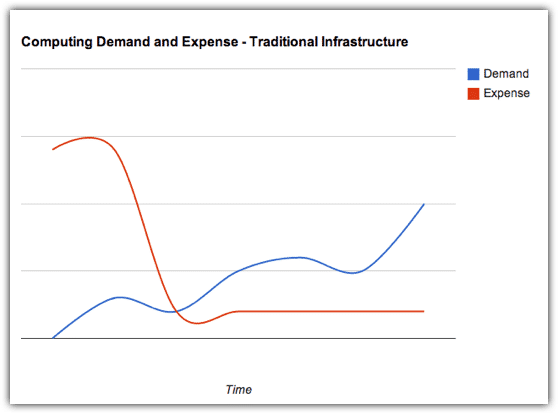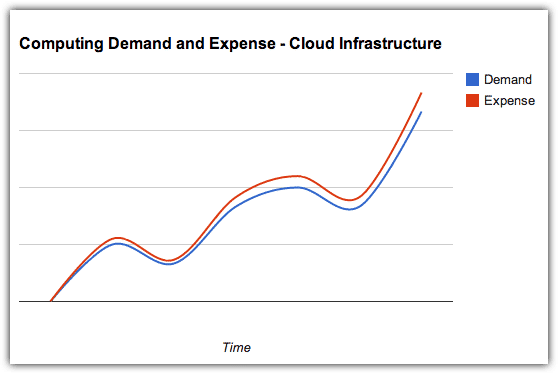Matrix management, in itself, is a breakthrough concept. In fact, there are a lot of organizations today that became successful when they implemented this management technique. However, there are also organizations that started it but failed. And eventually abandoned it in the end.
Looking at these scenarios, we can say that when you implement matrix management in your organisation, two things can happen – you either succeed or fail. And there?s nothing in between. The truth is, the effectiveness of matrix management lies in your hands and in your implementation. To ensure that you achieve your desired results, recognise these essential keys to successful matrix management.
Establish Performance Goals and Metrics
This should be done as soon as the team is formed, at the beginning of the year or during the process of setting organisational objectives. Whenever it is, the most important thing is that each team player understands the objectives and metrics to which their performances will be evaluated. This ensures that everyone is looking at the same set of objectives as they carry out their individual tasks.
Define Roles and Responsibilities
One pitfall of matrix management is its internal complexity. Awareness of this limitation teaches you to clearly define the roles and responsibilities of the team players up front. Basically, there are three principal sets of roles that should be explained vividly ? the matrix leader, matrix managers and the matrixed employees. It is important to discuss all the possible details on these roles, as well as their specific responsibilities, to keep track of each other?s participation in the projects of the organisation.
One effective tool to facilitate this discussion is through the RACI chart – Who is Responsible? Who is Accountable? Who should be Consulted? Who will Implement? With this, clarification of roles and responsibilities would be more efficient.
When roles are already clearly defined, each participant should review their job descriptions and key performance metrics. This is to make sure that the roles and responsibilities expected of you integrates consistently with your job in the organisation, as a whole.
Manage Deadlines
In matrix management, the employees report to several managers. They will likely have multiple deadlines to attend to and accomplish. There might even be conflicts from one deadline to another. Hence, each should learn how to schedule and prioritise their tasks. Time management and action programs should be incorporated to keep the grace under pressure.
Deliver Clear Communication
Another pitfall of matrix management is heightened conflict. To avoid unrealistic expectations, the matrix leaders and managers should communicate decisions and information clearly to their subordinates, vice versa. It would help if everyone will find time to meet regularly or send timely reports on progress.
Empower Diversity
Knowledge, working styles, opinions, skills and talents are diverse in a matrix organisation. Knowing this fact, each should understand, appreciate and empower the learning opportunities that this diversity presents. Trust is important. Respect to each other?s opinions is vital. And acknowledgement of differing viewpoints is crucial.
The impetus of matrix management is the same ? mobilise the organisation’s resources and skills to cope with the fast-paced changes in the environment. So, maximise the benefits of matrix management as you consider these essential keys to its successful implementation.

